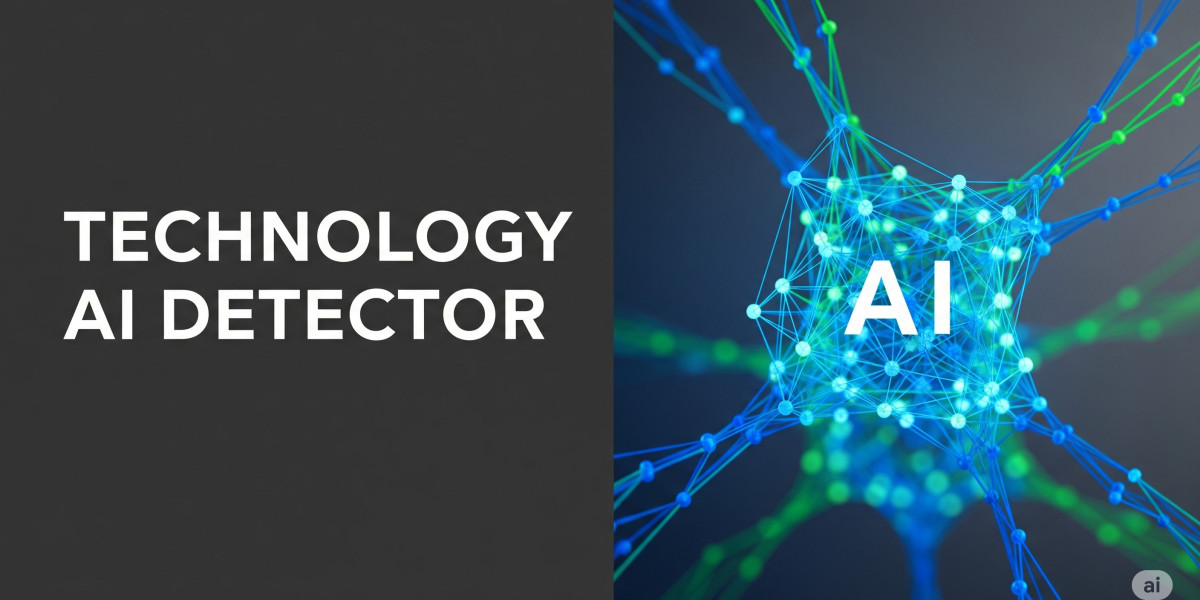In today’s digital world, artificial intelligence (AI) continues to expand its presence into almost every area of human life—from content creation and data analysis to automation and cybersecurity. But as AI becomes more advanced, it also becomes harder to distinguish between what’s created by humans and what’s generated by machines. This is where the KI Detector steps in—a revolutionary tool designed to detect, analyze, and verify AI-generated content with incredible precision.
Understanding What a KI Detector Is
It uses machine learning, linguistic analysis, and data patterns to determine whether a piece of text, image, or video has been generated by an artificial intelligence model rather than a human being.
As AI-generated content floods the internet, KI Detectors serve as digital truth-tellers. They help educators, journalists, content creators, and businesses verify authenticity and ensure transparency in a world increasingly influenced by automation.
Why the KI Detector Matters
The rise of AI writing tools, image generators, and deepfake technology has made content creation faster but also more complex. While AI can assist humans in countless ways, it also raises questions about originality, ethics, and trust. The KI Detector addresses these challenges by acting as a digital watchdog, ensuring that creativity remains genuine and information stays reliable.
For example, in the academic world, KI Detectors help teachers check whether essays or research papers were written by students or by AI tools. In journalism, they verify the originality of articles, ensuring that readers are consuming authentic, human-driven stories. And in marketing, brands use these detectors to maintain credibility in their campaigns, avoiding unintentional plagiarism or AI-generated misinformation.
How the KI Detector Works
A KI Detector uses advanced algorithms to evaluate the patterns of language and data structures in a text or image. When scanning written content, it looks at sentence variety, grammar consistency, word choice, and rhythm—features that often differ between human and AI writing.
For instance, AI-generated text might appear too uniform, too factual, or too logically structured, lacking the emotional touch or imperfections typical of human writing. A KI Detector uses these subtle differences to assign a probability score that shows how likely the content is to have been created by artificial intelligence.
When used on images, the KI Detector studies pixel structures, color blending, and image noise to determine whether an image was produced by a generative AI model like DALL·E or Midjourney. Similarly, in videos, it can analyze frame transitions and facial details to identify deepfakes.
The Benefits of Using a KI Detector
Promotes Authenticity:
In a time when digital deception is on the rise, authenticity is priceless. KI Detectors give users the confidence to trust what they see and read online.Supports Education:
Teachers and universities can maintain academic honesty by detecting AI-generated essays, ensuring that students learn and grow through their own efforts.Protects Brand Integrity:
Businesses rely on KI Detectors to ensure their content is original and consistent with brand values, maintaining consumer trust.Enhances Online Safety:
By detecting deepfakes or synthetic media, KI Detectors help prevent misinformation, scams, and identity theft.Empowers Creators:
Artists, writers, and designers can use KI Detectors to showcase that their work is authentically human, strengthening their reputation in creative industries.
The Future of KI Detectors
The evolution of AI isn’t slowing down—and neither is the development of tools like the KI Detector. In the near future, we can expect these systems to become even more precise, capable of distinguishing between hybrid content that combines both AI and human input. Some upcoming KI Detectors will integrate blockchain technology to provide tamper-proof proof of authenticity, making it easier to verify the origin of any digital asset.
Moreover, KI Detectors will soon be essential for online platforms and social networks, helping them filter out AI-generated misinformation, spam, and fake reviews. As governments and tech companies collaborate on digital ethics, KI Detectors will play a vital role in ensuring transparency and accountability in AI-driven ecosystems.
Conclusion
The AI Detector is more than just a tool—it’s a safeguard for the digital era. As artificial intelligence continues to reshape communication, creativity, and information sharing, having a way to detect what’s real and what’s generated becomes essential. Whether used in education, business, journalism, or art, KI Detectors protect authenticity, encourage ethical AI use, and preserve human creativity in a world increasingly influenced by machines.








